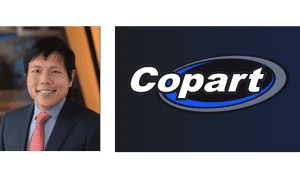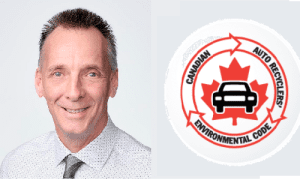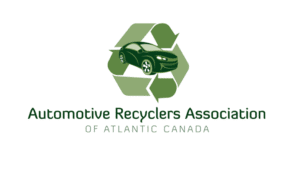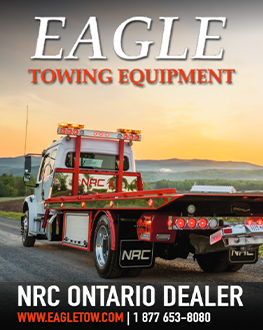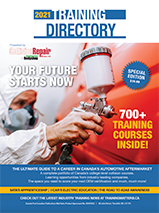By Becky Berube
I hate the cats. I hear this all the time. Or I hear, I wish the cats would just go away.
Then I hear, I love the money, don’t get me wrong. I just hate dealing with the core guys, the collectors, the processors. It’s all become too much. I don’t even want to go to tradeshows because most of the vendors are converter companies.
Converter averages for the past 10 years have gone from $50 to $350 to $150. It is a good source of revenue. Commodity sales can be used to buy a lot of inventory.
How much do you want for your converters? All of it! How do know you are getting it? Follow the money path. Every time your converters change hands, someone makes money.
 Selling by the number or via an app
Selling by the number or via an app
Sounds good—in theory. The number of precious metals coated on the catalyst can vary due to metal thrifting or midyear changes, just like parts, while the serial or can numbers stay the same. The list price is rarely the highest value. Most core buyers or collectors buy this way by showing a price on a price sheet or an app, which is just a new digital price list, with a margin dialled in. Most money is left on the table.
Selling by auction or bidding
Again, this method of selling converters appeals to many of you for several reasons. Who doesn’t love a good deal? When people fight each other to pay us more, we win. At least it feels like we do. Or we may just enjoy the user experience. The group may be a limited number of buyers controlling the market prices; the spread between the buyer and seller may be upwards of 10 percent going to the auction and then another 10% or more goes to the buyer before he sends in the material for refining–remember the money path. Both collectors and processors use this method with double-digit margins normally built in.
 Selling on assay
Selling on assay
Assay is the only way to get the true value of the converter. Unless a converter is de-canned, milled, sampled, and assayed the true value is not known. But all assays are not created equal. If the sample isn’t representative of all the converters. If the dust is missing. If the moisture is too high. If the parts per million (PPMs) are skimmed. You are missing MONEY. Collectors, Processors, and Smelters offer assay programs. Not all these companies have processing and laboratory capabilities; not all show results that can be validated. Though selling on assay is the best way to get the most money, it can still be a shell game if you do not know how to audit their process and results. Know your yard profile. Get educated. Trust but verify.
 Bidding and dismantling tools
Bidding and dismantling tools
Some of you include the price of the converters in the price of the car while others wouldn’t dream of it. If you are putting the price of the converter into your fluff number and would like to know the number of converters per car and the true value of those cats on current markets, we are doing that. This year we finally made public the beta program for the United EcoSystem a revolutionary tool that will help you compete at a higher level: to buy cars better, dismantle, process, and ship converters more effectively and with better inventory management, tracking, and higher profits. If you are interested in seeing the demo or participating in the completion of the project by becoming a BETA member with early access to the EcoSystem, please reach out to us via the information below for more details.
Also, you can sign up for our current tools: For daily updates on the PGM markets, subscribe to our daily e-newsletter or get Platinum Group Metal prices texted twice daily to your phone, TEXT “Daily” to 844-713-PGMs (7467). You can also call us or email us at sales@unitedcatalystcorporation.com.
Becky Berube serves the recycling community as President of United Catalyst Corporation, is a Member of the Automotive Recycling Association’s Educational Programming Committee and is a Past President of the International Precious Metals Institute.



